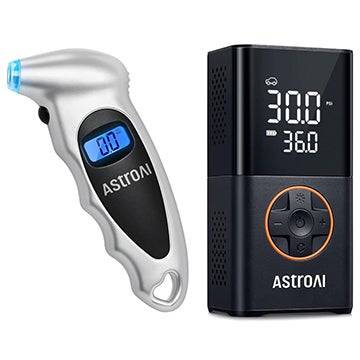The AMD Radeon RX 9070 arrives at a pivotal moment in the graphics card market, following closely on the heels of Nvidia's latest generation. Priced at $549, it directly competes with the underwhelming GeForce RTX 5070, and AMD's new offering clearly outshines its rival, positioning the Radeon RX 9070 as a top contender for 1440p gaming.
However, the decision isn't straightforward. The Radeon RX 9070 is only $50 less than the superior Radeon RX 9070 XT. Mathematically, this makes sense—the 9070 is about 8% slower and 9% cheaper than the 9070 XT—but it's tough to resist spending the extra $50 for better performance. Still, when choosing between these two AMD options, the outlook is promising for Team Red.
Purchasing Guide
The AMD Radeon RX 9070 is set to launch on March 6, with a starting price of $549. However, expect various models to be priced higher. For the best value, aim to purchase one close to the starting price, especially given its proximity to the Radeon RX 9070 XT's cost.
AMD Radeon RX 9070 – Photos
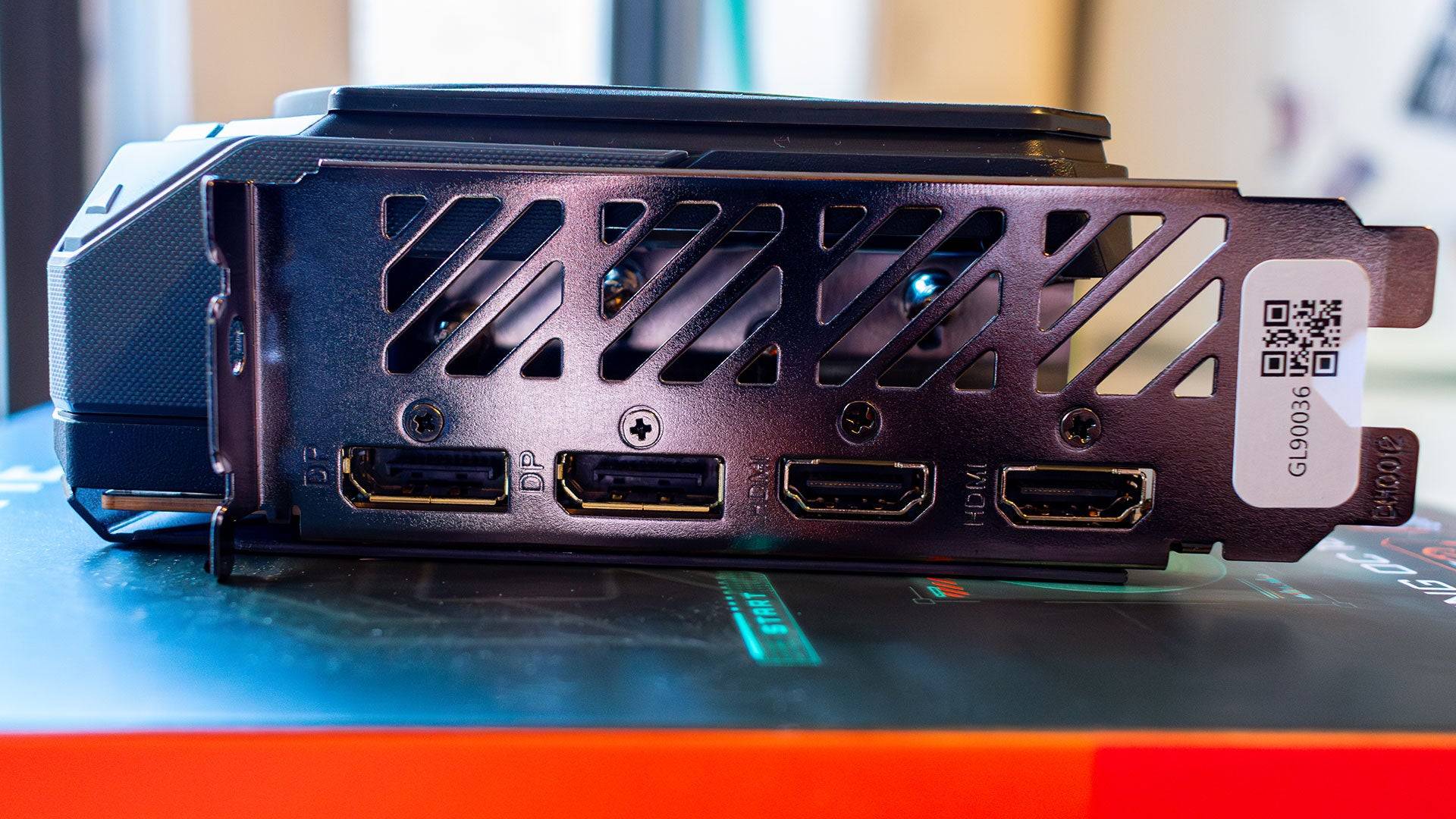
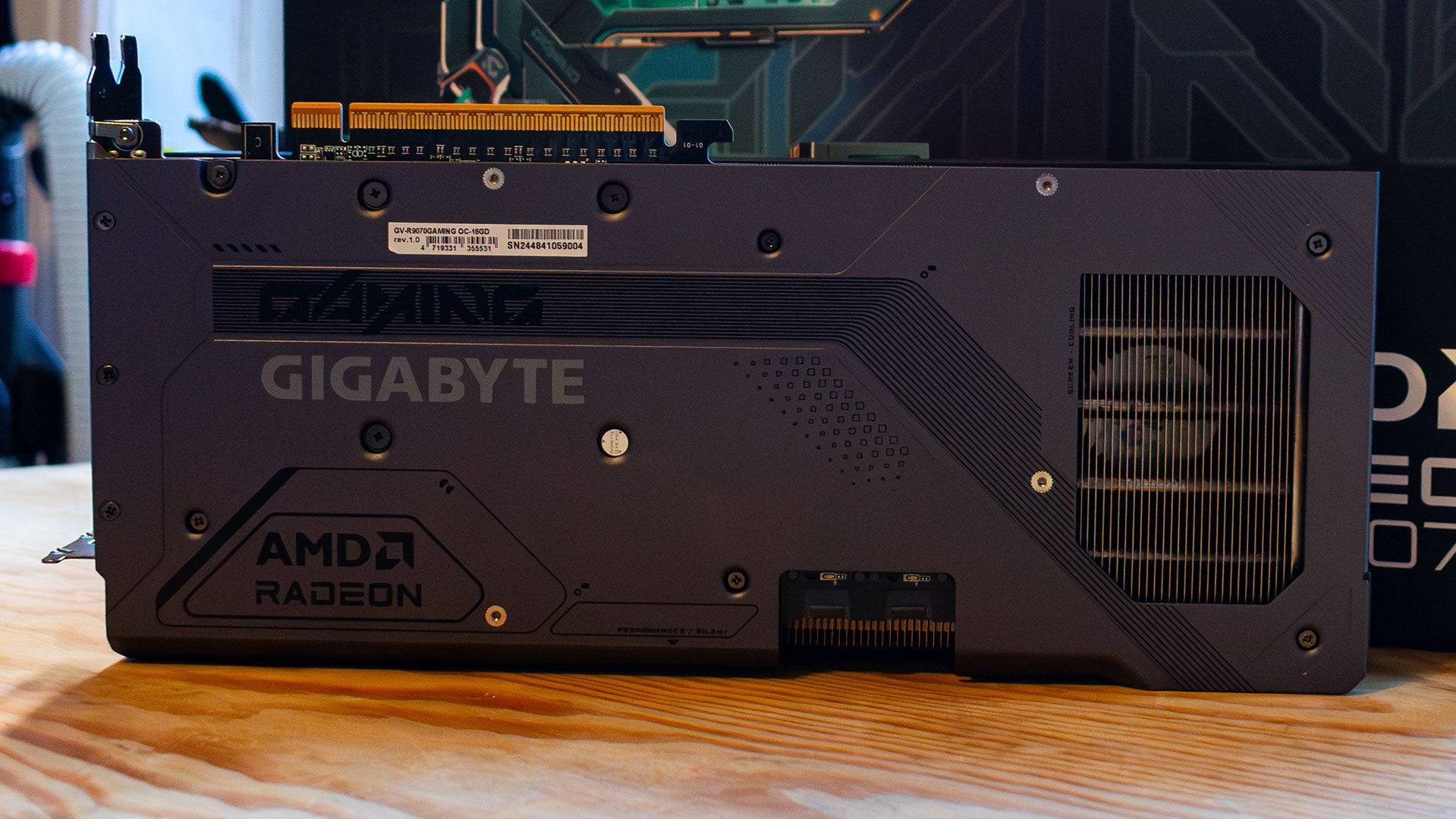 4 Images
4 Images
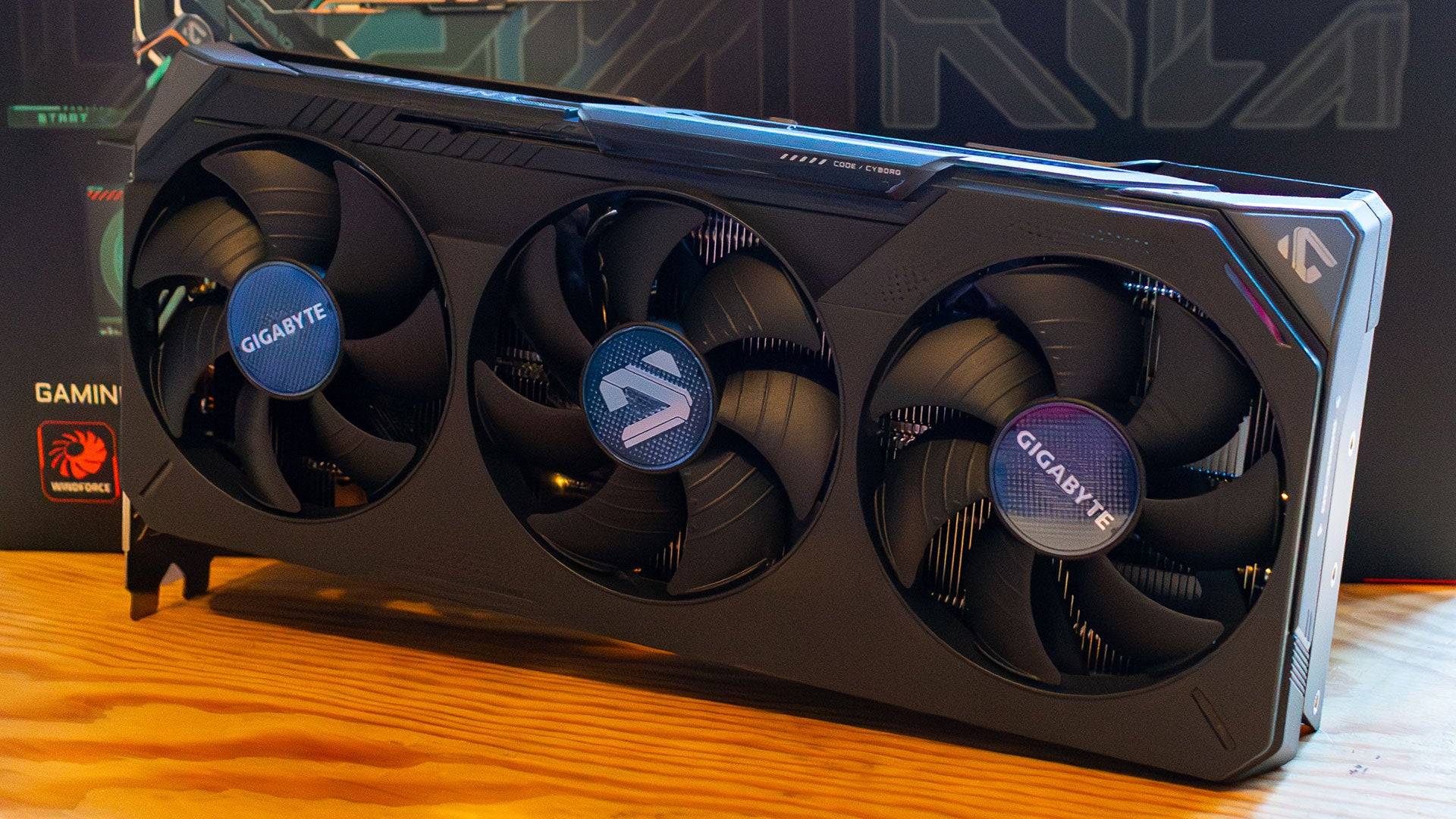
Specs and Features
Built on the new RDNA 4 architecture, the Radeon RX 9070 mirrors the RX 9070 XT in many ways. This architecture significantly boosts performance, enabling the 9070 to surpass the previous generation's Radeon RX 7900 GRE by a wide margin, despite having 30% fewer compute units.
The RX 9070 boasts 56 Compute Units, each equipped with 64 Streaming Multiprocessors (SMs), totaling 3,584 shaders. Each unit includes one Ray Accelerator and two AI Accelerators, summing up to 56 and 112, respectively. These enhancements ensure the card performs well in games with ray tracing, and the improved AI Accelerators enable the introduction of FidelityFX Super Resolution (FSR) 4, marking the first time AMD has brought AI upscaling to its graphics cards.
Like its XT counterpart, the RX 9070 comes with 16GB of GDDR6 VRAM on a 256-bit bus, sufficient for 1440p gaming for years to come. While it would have been ideal to see GDDR7 memory, similar to Nvidia's choice, this would likely have increased the price.
AMD suggests a 550W power supply for the RX 9070, which has a 220W power budget. My tests showed peak consumption at 249W, slightly above the budget. For safety, a 600W PSU is recommended.
Notably, AMD isn't releasing a reference design for the RX 9070; all versions will be from third-party manufacturers. I tested the Gigabyte Radeon RX 9070 Gaming OC 16G, a triple-slot card with a slight factory overclock.

FSR4
Since the rise of DLSS in 2018, AI upscaling has been a key method for boosting performance without sacrificing image quality, primarily on Nvidia GPUs. However, FSR 4 changes this by bringing AI upscaling to AMD's cards.
FSR 4 processes previous frames and in-game data through an AI model to upscale lower resolution images to native resolution, enhancing detail and reducing artifacts compared to FSR 3's temporal upscaling. Yet, the AI model's performance cost means FSR 4 slightly reduces frame rates. For example, in Call of Duty: Black Ops 6 at 1440p on the Extreme preset, FSR 3 achieves 165 fps, while FSR 4 drops to 159 fps. Similarly, in Monster Hunter Wilds at 4K with ray tracing, the RX 9070 gets 81 fps with FSR 3, falling to 76 fps with FSR 4.
The Adrenalin software offers a toggle to switch between FSR 3 and FSR 4, allowing users to choose between better image quality or slightly better performance. For single-player games, I'd opt for FSR 4, but for fast-paced online games like Marvel Rivals, FSR 3 might be preferable.
AMD Radeon RX 9070 XT & 9070 – Benchmarks
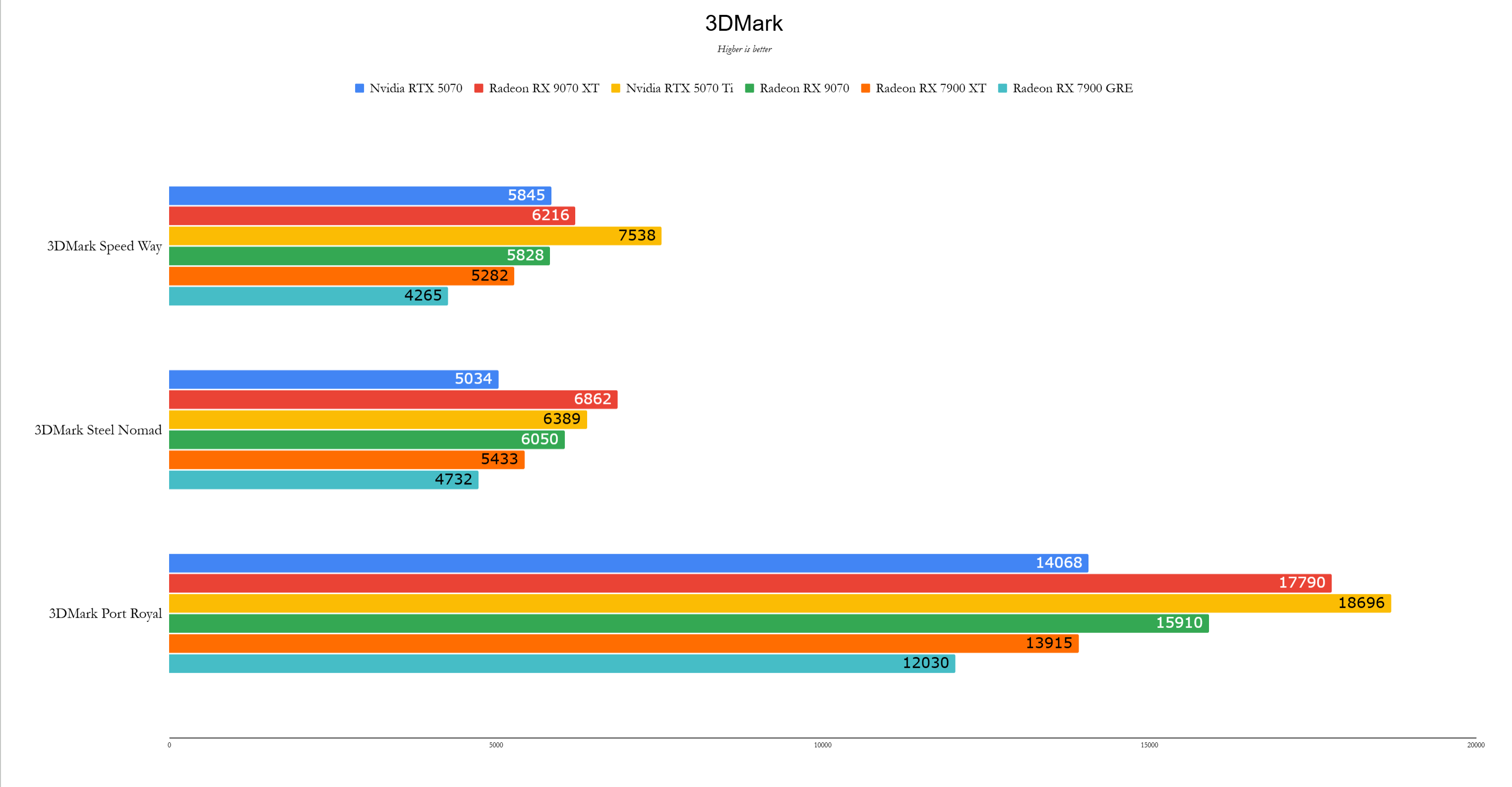
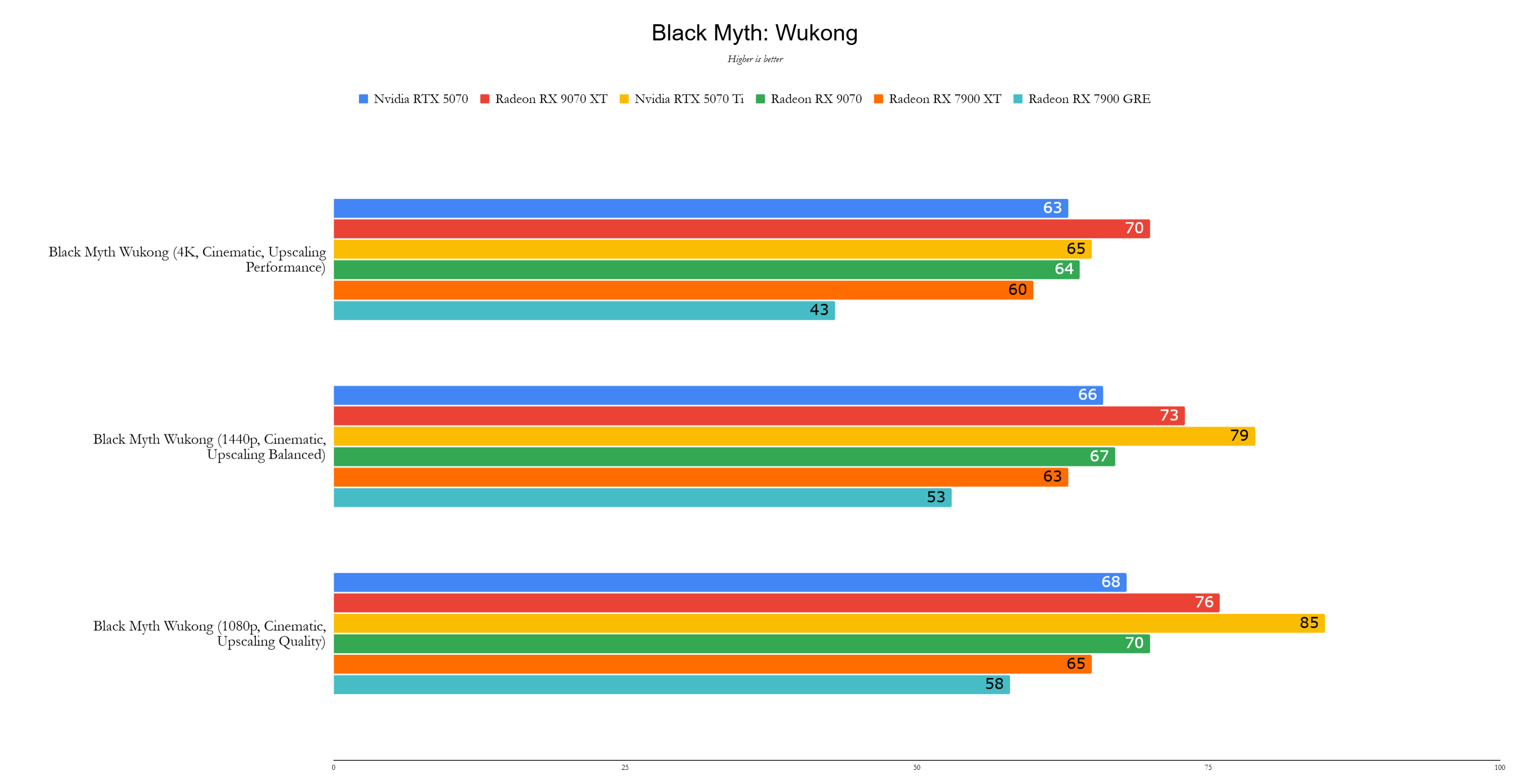 11 Images
11 Images

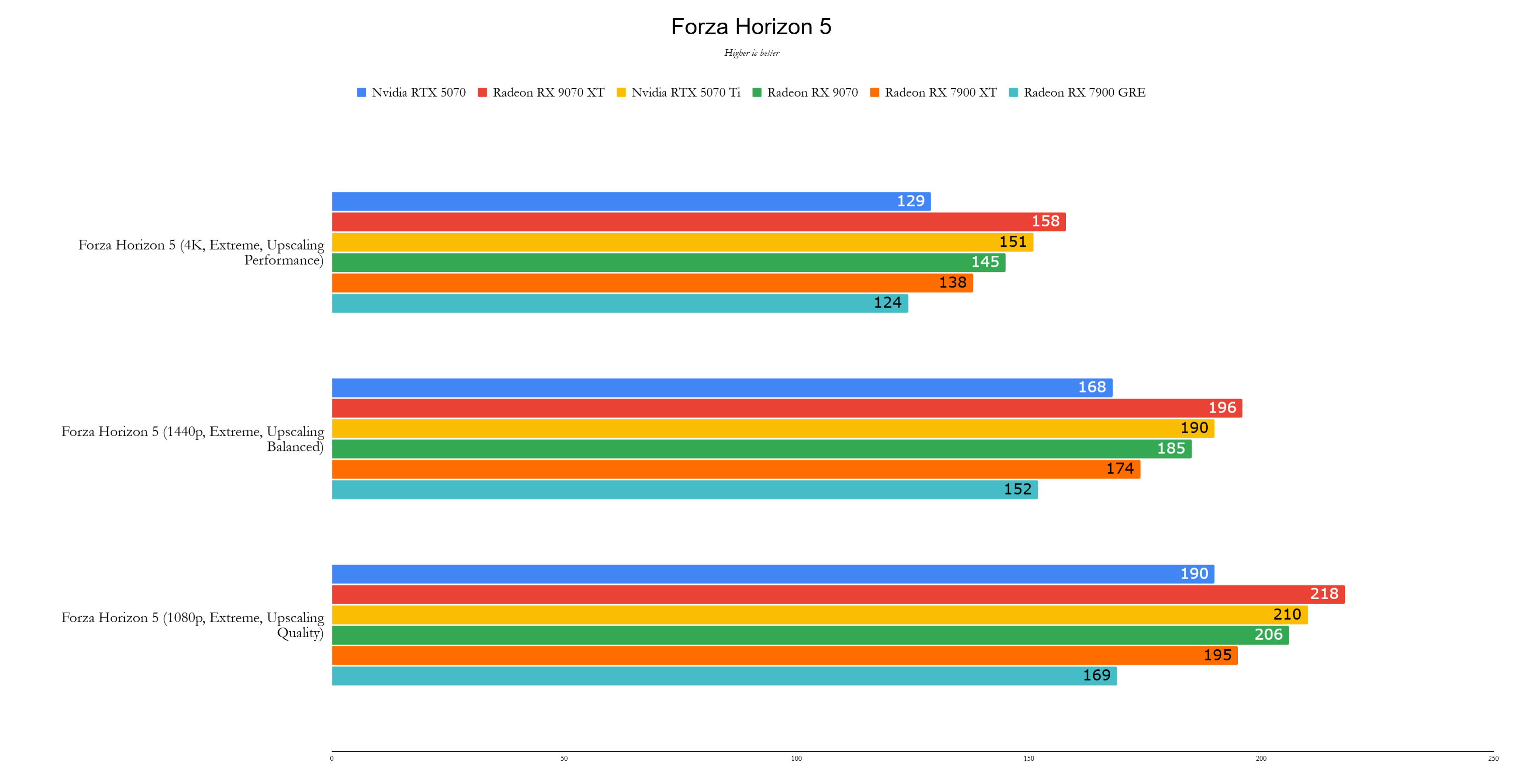
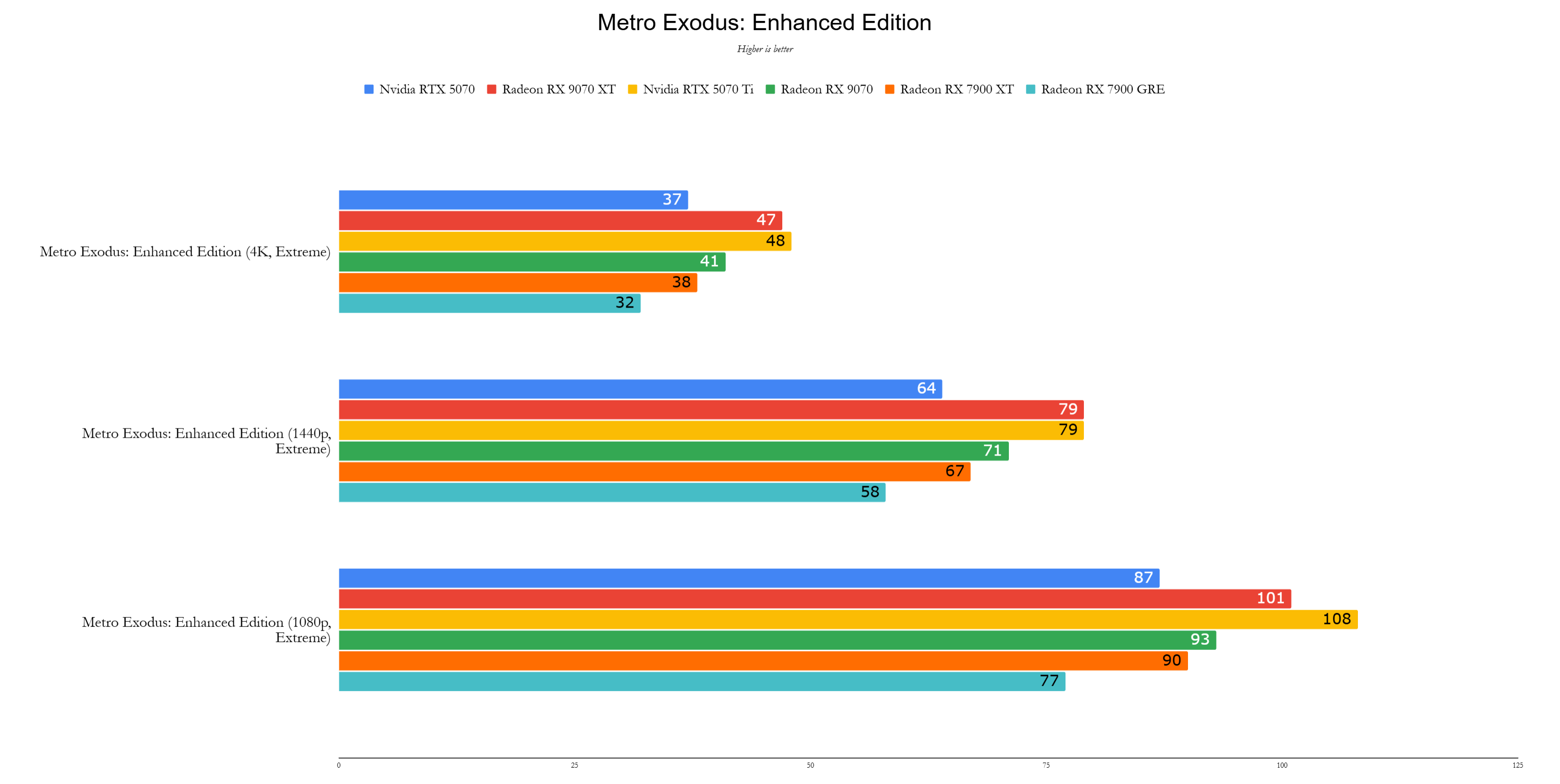
Performance
Priced at $549, the AMD Radeon RX 9070 directly competes with the Nvidia GeForce RTX 5070 and frequently outperforms it. At 1440p, the RX 9070 averages 12% faster than the RTX 5070 and 22% faster than its predecessor, the RX 7900 GRE, which also launched at $549 in 2024. This is a significant leap, especially considering the 9070 has 30% fewer cores.
I tested a factory overclocked version of the RX 9070, the Gigabyte Radeon RX 9070 Gaming OC, with a boost clock of 2,700Mhz, roughly a 7% increase. This overclock should boost performance by about 4-5%.
All graphics cards were tested using their latest public drivers at the time of writing: Nvidia on Game Ready driver 572.60, AMD on Adrenalin 24.12.1, and the RX 9070 and 9070 XT on AMD's review drivers, as was the RTX 5070 on Nvidia's review drivers.
In 3DMark, the RX 9070 shows strong potential. In the Speed Way test with ray tracing, it scores 5,828 points, nearly matching the RTX 5070's 5,845. Without ray tracing in Steel Nomad, the RX 9070 significantly outpaces the RTX 5070, scoring 6,050 to 5,034—a 20% lead.
Test System
- CPU: AMD Ryzen 7 9800X3D
- Motherboard: Asus ROG Crosshair X870E Hero
- RAM: 32GB G.Skill Trident Z5 Neo @ 6,000MHz
- SSD: 4TB Samsung 990 Pro
- CPU Cooler: Asus ROG Ryujin III 360
Call of Duty: Black Ops 6, used by AMD to preview the 9070 at CES 2025, demonstrates the card's prowess. At 1440p with FSR 3 set to Balanced, the RX 9070 achieves 165 fps, compared to 131 fps from the RTX 5070 and 143 fps from the RX 7900 GRE—a 26% and 15% lead, respectively.
In Cyberpunk 2077, traditionally favoring Nvidia, the RX 9070 still manages a 3% lead over the RTX 5070 at 1440p with the Ray Tracing Ultra preset—a notable achievement for AMD.
Metro Exodus, tested without upscaling, shows the RX 9070 leading with 71 fps compared to the RTX 5070's 64 fps—an 11% advantage.
Red Dead Redemption 2, using Vulkan, sees the RX 9070 achieving 142 fps at 1440p, significantly outperforming the RTX 5070's 115 fps—a 23% lead.
Total War: Warhammer 3 shows a close race at 1440p, with the RX 9070 at 135 fps and the RTX 5070 at 134 fps, within the margin of error. At 4K, however, the RX 9070 takes a substantial lead.
In Assassin's Creed Mirage, the RX 9070 delivers 193 fps at 1440p with the Ultra preset and FSR set to Balanced, outpacing the RTX 5070's 163 fps by 18%.
Black Myth Wukong, which typically favors Nvidia, results in a virtual tie, with the RX 9070 at 67 fps and the RTX 5070 at 66 fps at 1440p.
Forza Horizon 5, despite its age, showcases the RX 9070's performance at 1440p, averaging 185 fps, compared to 168 fps from the RTX 5070 and 152 fps from the RX 7900 GRE—a 12% and 25% lead, respectively.
Launching shortly after the GeForce RTX 5070, the Radeon RX 9070 leverages this timing to its advantage. Both cards are priced at $549, yet the RX 9070 consistently outperforms its Nvidia counterpart. With 16GB of VRAM, the RX 9070 is better equipped for future gaming needs, making it a superior choice even if it uses slightly slower GDDR6 memory compared to the RTX 5070's GDDR7. The combination of better performance and more VRAM makes the Radeon RX 9070 an undeniable value proposition.

